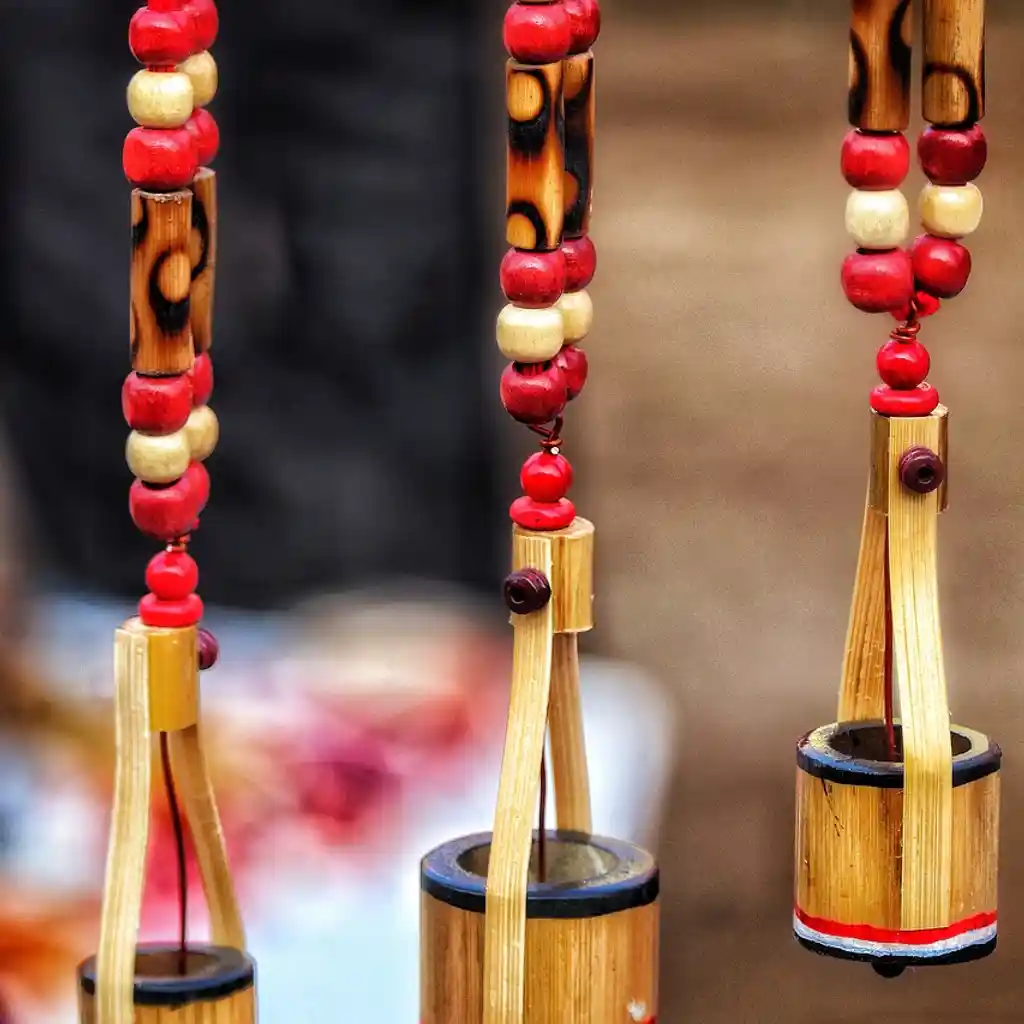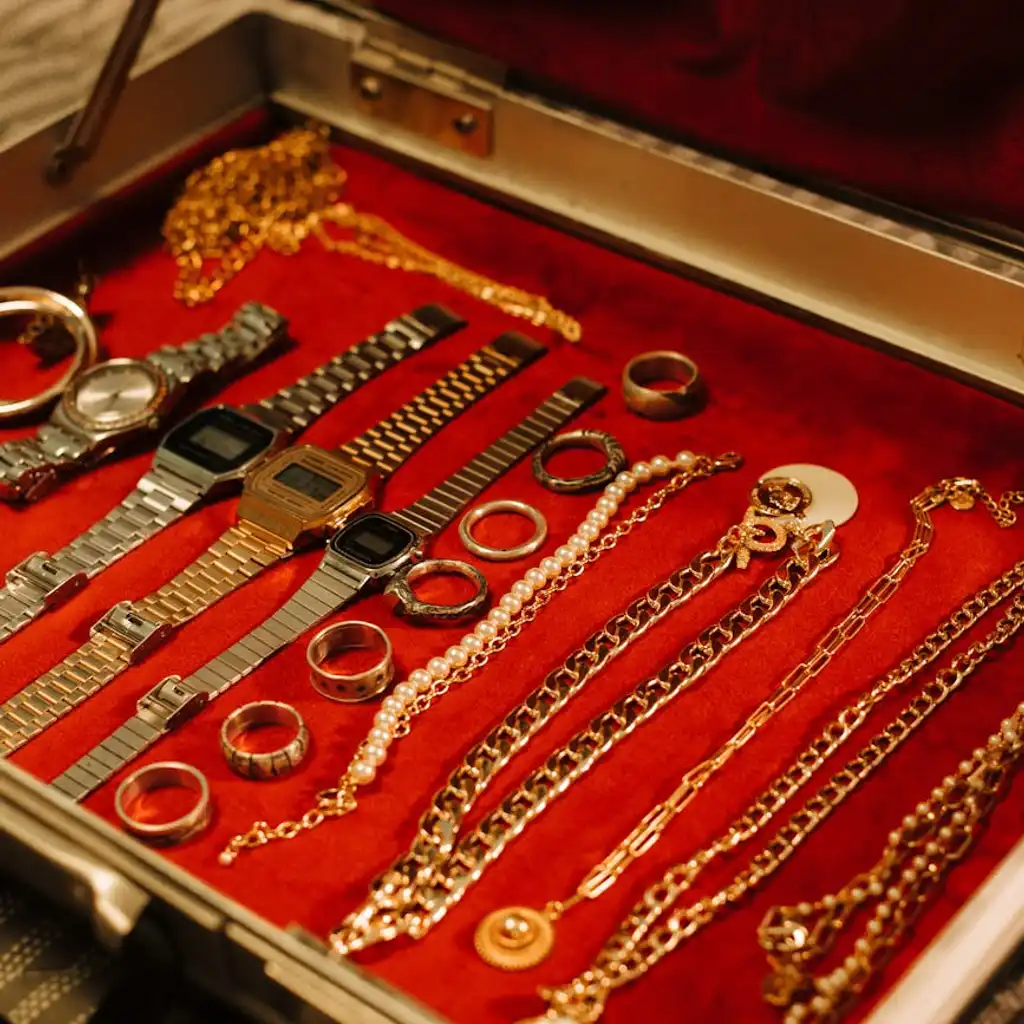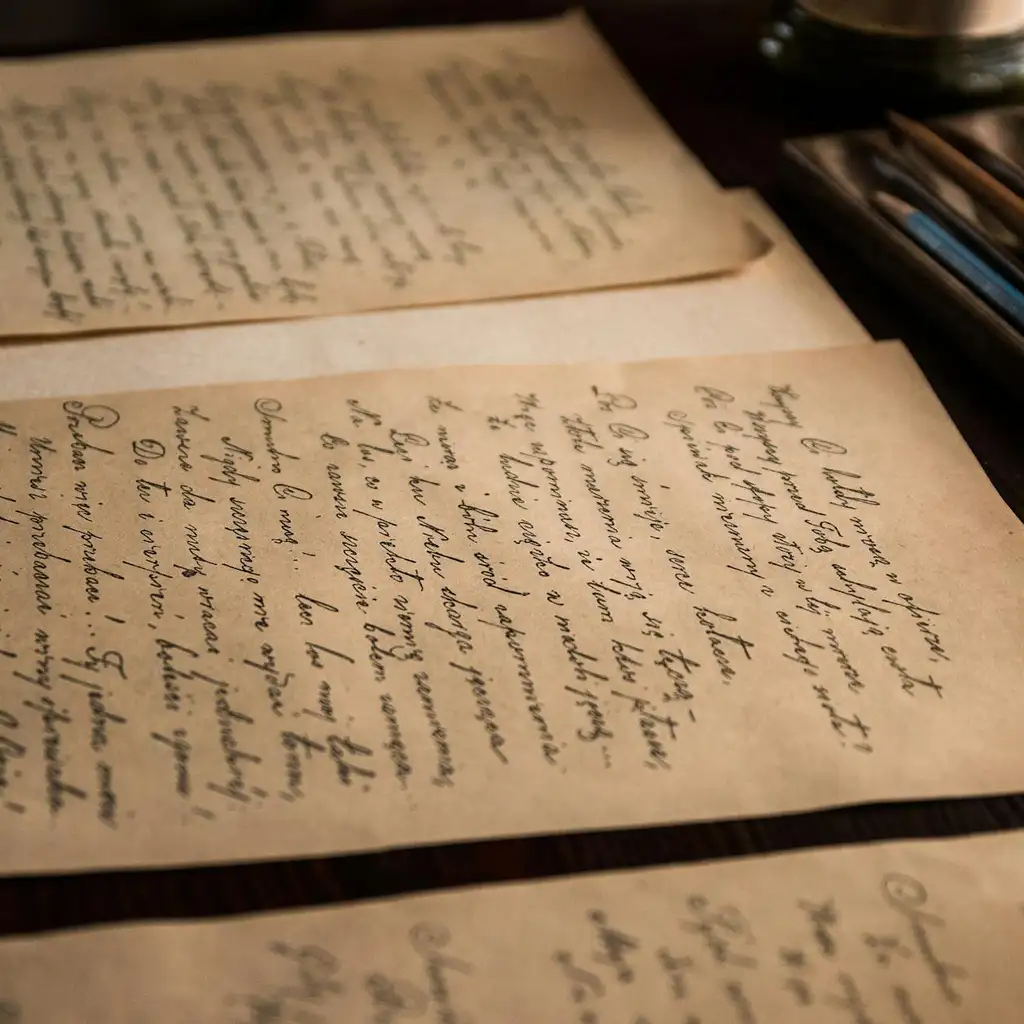From November 3rd until December 10th, 2017, Nezu Museum is holding an exhibition of some of the most exquisite swords and sword fittings in Japan. It features the collection of Toshimo Mitsumura, a Meiji period businessman and founder of the Mitsumura Printing Company.
In the gallery, many works have bilingual commentaries, and the exhibition is accompanied by a beautifully illustrated catalogue. Mitsumura’s collection and his scholarly publications are a valuable resource to fittings enthusiasts and collectors alike.
“No one before or since Mitsumura has made such amazing contributions to the world of sword fittings. Therefore, I think it is reasonable to say that you cannot speak about sword fittings if you do not know about Toshimo Mitsumura and the Mitsumura Collection,” said one of the exhibition curators, Naoko Naito.
Toshimo Mitsumura (1877-1955) was born in Osaka in 1877 (Meiji 10). He was the eldest son of Yahei Mitsumura (1827-1891), a magnate who controlled the shipping industry in the whole of western Japan. When Mitsumura was 14 years old, his father died, leaving him an enormous inheritance.
Fascinated by the skill and beauty of sword fittings, he used his inheritance to amass a magnificent collection of swords and fittings of over 3,000 pieces. Mitsumura did not only collect works, but also took part in a wide range of activities to help further a deeper understanding of sword and fittings. He held regular appreciation and appraisal events at his residence, attended by hundreds of guests.
Mitsumura also utilized the most advanced photographic and printing techniques of his printing company’s technology in a visionary project to produce a large set of reference books entitled, Tagane no Hana. The title, which translates as Flowers of the Chisel, encapsulates the fine beauty of sword fittings that is unfolded like a flower by the use of small chisels called tagane.
Mitsumura’s printing company was also instrumental in his famous woodblock print reproduction of the 11th century Chinese Buddhist painting, Mahamayuri. The print is the same dimensions (167 cm x 102 cm) as the original in Ninnaji Temple in Kyoto, making it the largest and most colorful woodblock print in the world. It was displayed at the 1904 World Exposition in St. Louis, US, where it was awarded an honorary gold medal.
In 1876, the Japanese government issued an edict prohibiting the wearing of swords by civilians in public. Consequently, the demand for swords and sword fittings decreased dramatically. Many craftsmen turned to new occupations, and some fittings makers began making jewelry and ornaments in order to survive. Later, around the early 1890s, many of the sword-related craftsmen who had worked at the end of the Edo period had become elderly and had no successors.
The sword and sword fittings manufacturing techniques were in danger of being lost. Mitsumura, in an effort to preserve the traditional skills, supported many artisans by commissioning many swords, fittings, and mountings from contemporaneous craftsmen.








